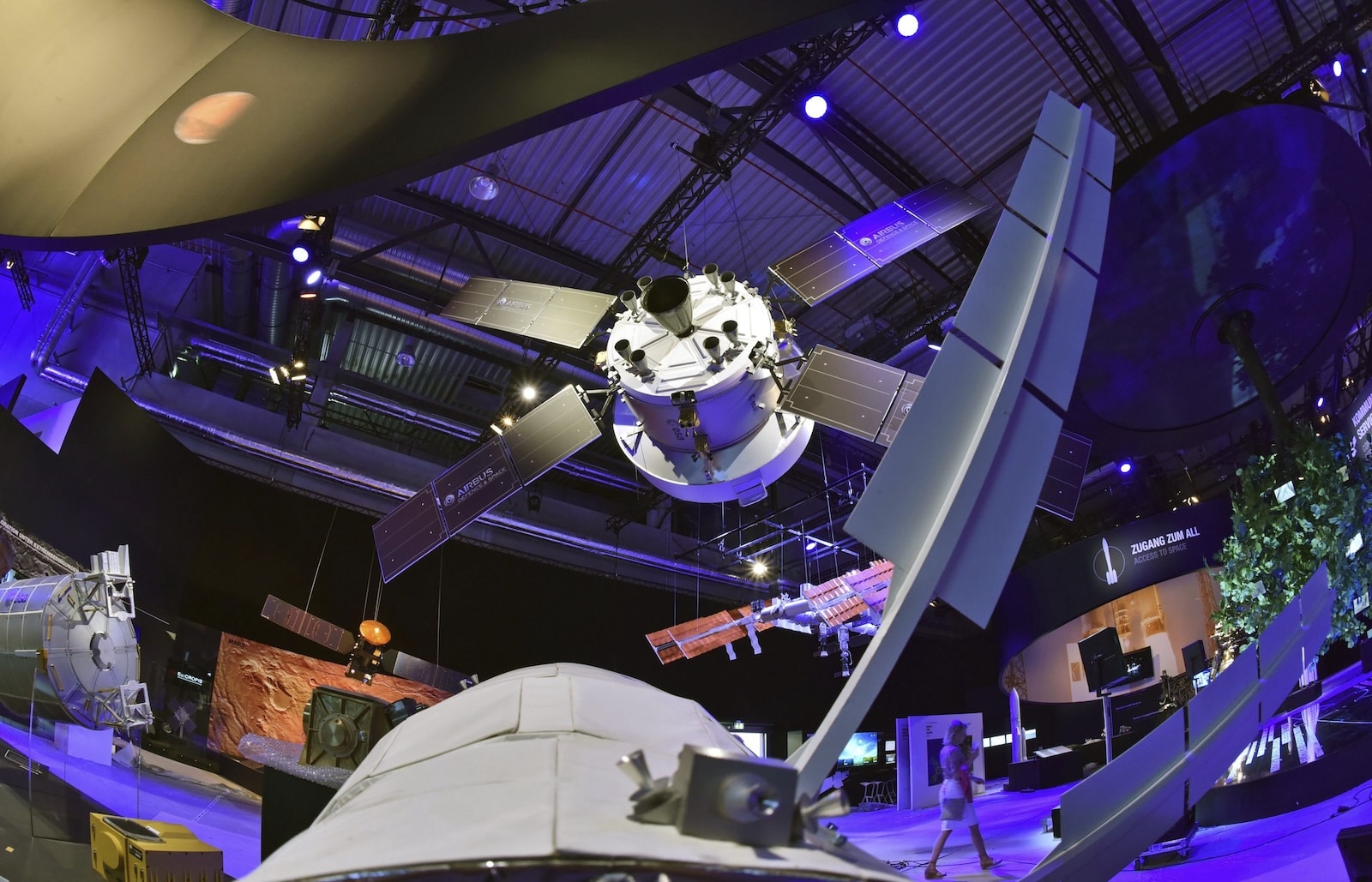Monday, May 12, 2025
Sand batteries harness this abundant material, heating it to high temperatures to store energy efficiently. Remarkably, the energy can be maintained for months, with an impressive 99% efficiency
This past Easter, Spain successfully met 100% of its daily electricity demand with renewable energy, according to data from Red Eléctrica. However, renewable energy sources are intermittent, as they rely on unpredictable climate conditions. This makes it challenging to maintain a constant supply of electricity. As a result, researchers and companies in the sector are concentrating their efforts on developing storage systems that can hold large amounts of clean energy and release it whenever demand calls for it.
This storage capacity is shaping up to be the key to consolidating a fully renewable and stable energy model. So far, advances are being made with huge lithium and flow battery installations, reversible hydroelectric plants, compressed air technology, and the well-known green hydrogen. There are a variety of solutions, but so far, no single one has proven to be a definitive fix for the problem.
In this context, the so-called thermal solutions emerge as a promising alternative. But what exactly are they? Unlike traditional chemical batteries, thermal solutions store energy in the form of heat, a technique that makes it possible to preserve large amounts of energy over long periods. Among the different thermal technologies currently being explored, sand batteries stand out for their simplicity, low cost and high efficiency, positioning themselves as a viable option for large-scale energy storage.
Looking more closely at the process, sand battery storage is based on resistive heating. In simple terms, electricity, ideally from renewable sources, powers resistors that heat the sand inside a large container (the silo mentioned earlier). Thanks to its high thermal capacity, the sand can retain heat for long periods, transferring it later to heat-transfer fluids that can be used for heating or other industrial processes.
The key to this system is its efficiency: according to Polar Night Energy, heat recovery can reach up to 99%. However, if the objective is to convert the stored heat back into electricity, efficiency drops significantly, falling between 50% and 70% due to the inevitable losses involved in the thermal to electric conversion.
One of the main advantages of this technology lies in the materials it uses, such as sand or crushed soapstone — a metamorphic rock known for its exceptional heat resistance and thermal properties — which are both abundant and affordable. This helps lower costs and minimize environmental impact. Moreover, it has a service life of over 30 years, requires minimal maintenance, and operates without emissions. The challenges section includes its initial installation costs, which are quite high, while the aforementioned process of converting heat to electricity still has limitations. To add to that, there are market rules, important for a technology that still requires greater scalability. On an end note, it’s worth mentioning that its adaptation will depend on the different geographical and climatic contexts where it can be installed and prove useful.
Perhaps the Sahara is not a favorable place to install sand batteries, but Finland is. There, the company Polar Night Energy has developed an innovative sand battery that starts with the creation of a steel silo filled with this material -similar to beach sand- where electrical energy is converted into heat through resistors, raising the temperature of the earth up to 600°C. The stored thermal energy can be maintained for months and released when needed, providing heat to urban heating networks, for example.
The first commercial installation of this battery is located in Kankaanpää, developed in partnership with the energy company Vatajankoski. With a capacity of 8 MWh and a thermal power output of 200 kW, it has proven to be an effective solution for storing surplus renewable energy and delivering heat sustainably. Thanks to its success, the project has attracted international attention and was recognized as one of the most productive ideas in Finland in 2023.
The success of the sand battery in Kankaanpää has been a game-changer, paving the way for new projects. For instance, in Pornainen, also Finland, another similar battery is being built, but on a larger scale, with a capacity of 100 MWh and a thermal power of 1 MW. This installation, developed in partnership with the company Loviisan Lämpö, aims to supply heat to the local district heating network and cut greenhouse gas emissions by 70%. Regardless of its individual viability, every effort contributes to making the most of renewable energy.
¿Te ha parecido interesante?





